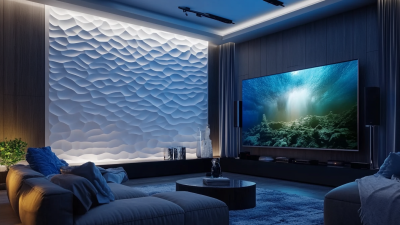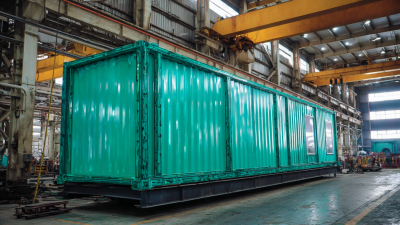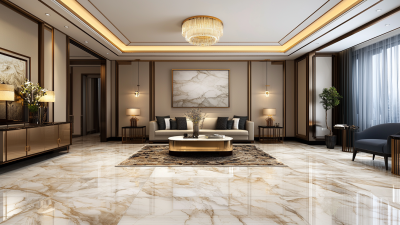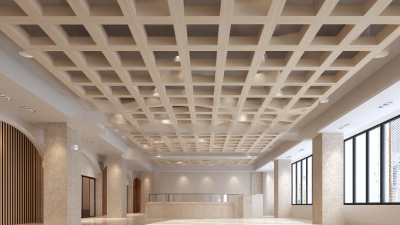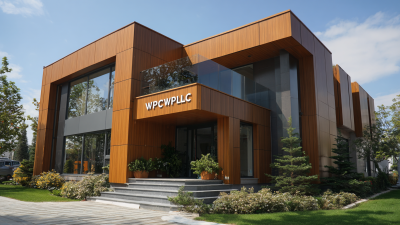
The growing popularity of Plastic Bathroom Wall Panels can be attributed to their exceptional moisture resistance and aesthetic versatility, making them an ideal choice for contemporary bathroom designs. According to a recent report by MarketsandMarkets, the global market for plastic wall panels is projected to reach USD 5.35 billion by 2025, driven by their durability and low maintenance requirements. These panels can effectively withstand high humidity and resist mold growth, a crucial factor considering that approximately 75% of Americans experience mold issues in their bathrooms at some point. Furthermore, manufacturers have introduced a diverse range of styles and textures, allowing homeowners to achieve a luxurious look without the associated costs and care demanded by traditional materials. In light of these benefits, selecting the best Plastic Bathroom Wall Panels has become essential for both aesthetic appeal and long-lasting performance in moisture-prone environments.
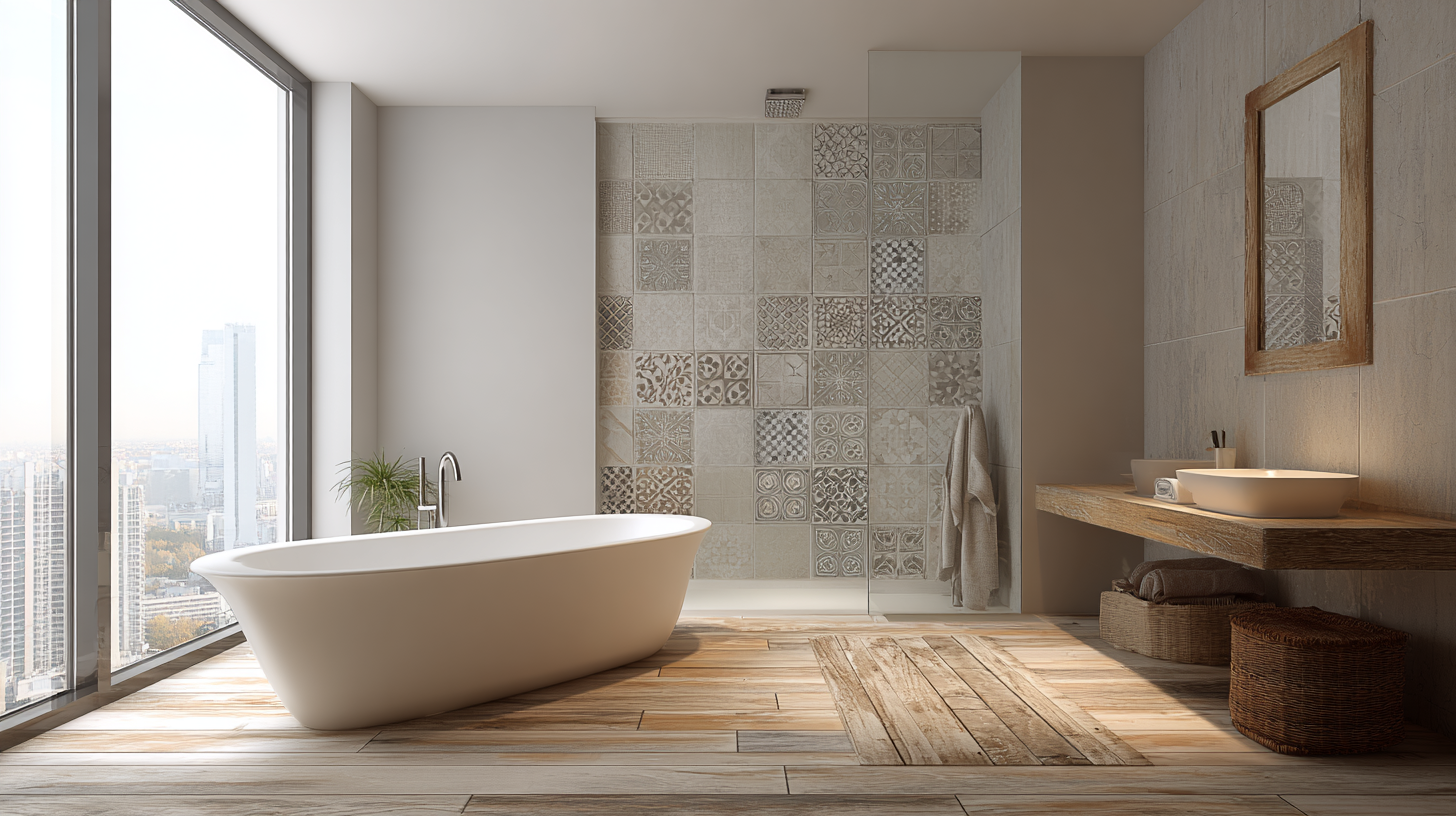
When selecting plastic bathroom wall panels, understanding the different types available is crucial for maximizing moisture resistance and enhancing aesthetics. The most common materials used in these panels are PVC and polypropylene, which are both known for their durability and water-resistant properties. PVC panels are lightweight, easy to install, and available in a wide range of colors and patterns, making them a popular choice for modern bathrooms. They provide excellent moisture barrier capabilities, which helps prevent the growth of mold and mildew.
On the other hand, polypropylene panels offer exceptional chemical resistance and are often used in more industrial or commercial settings, though they can also suit residential bathrooms. They tend to come in a variety of finishes and can mimic the appearance of natural materials, giving homeowners the flexibility to create their desired look without compromising on functionality. By evaluating these different types, you can select plastic wall panels that not only withstand the high moisture levels typical in bathrooms but also contribute to an aesthetically pleasing environment.
When selecting moisture-resistant bathroom wall panels, certain key features stand out as essential for both functionality and aesthetics. Firstly, the material composition plays a crucial role; panels made from high-density polyethylene (HDPE) or PVC have been shown to exhibit superior moisture resistance compared to traditional materials like wood or drywall. According to a report by the National Institute of Building Sciences, moisture-related issues in bathrooms account for over 20% of renovation problems, highlighting the importance of choosing the right materials.
Another vital feature to consider is the surface finish of the panels. A smooth, non-porous finish not only enhances moisture resistance but also allows for easier cleaning and maintenance. Additionally, the color and design options available can significantly impact the overall aesthetics of the bathroom space. Research from the Home Improvement Research Institute indicates that well-designed, attractive wall panels can increase the perceived value of a home by up to 10%. Therefore, balancing both moisture resistance and aesthetic appeal is key to achieving a desirable and functional bathroom environment.
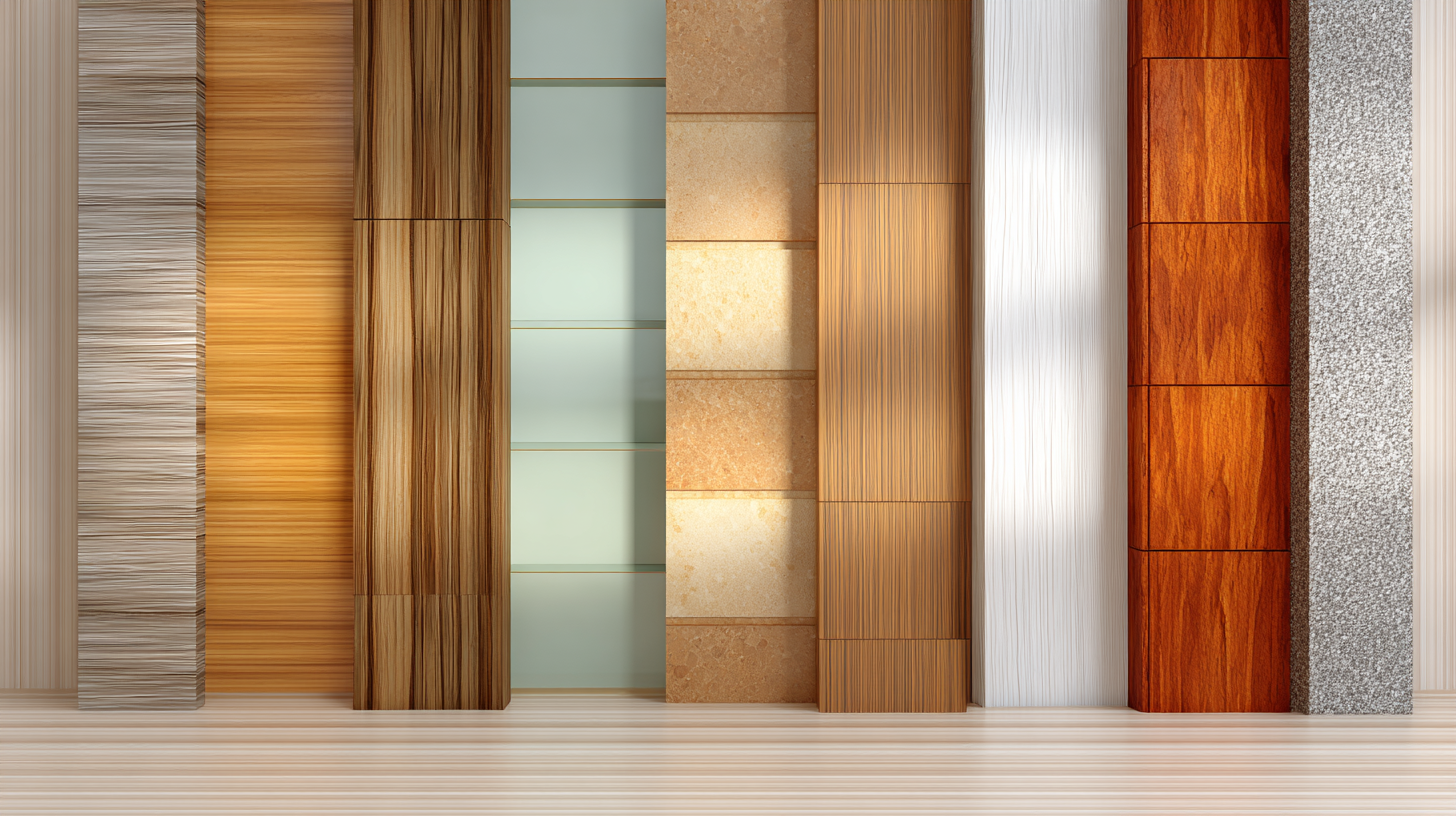
When selecting plastic bathroom wall panels, aesthetic considerations play a vital role in creating a harmonious and inviting space. The right choice of colors, patterns, and textures can significantly enhance the overall look of your bathroom. According to a report by the National Kitchen & Bath Association, 70% of homeowners prioritize aesthetics over other factors when renovating their bathrooms. This statistic emphasizes the importance of visual appeal in bathroom design. Soft, neutral tones like pale gray or beige can create a spacious and serene atmosphere, while bold colors such as deep blue or emerald green can add a sense of elegance and vibrancy.
Patterns and textures also contribute to the aesthetic value of plastic wall panels. Textured panels can mimic the natural look of stone or wood, providing a rustic charm without the maintenance issues associated with traditional materials. A study conducted by the American Society of Interior Designers found that 58% of designers recommend textured surfaces to add depth and interest to bathroom environments. Additionally, geometric patterns can bring a modern touch, appealing to contemporary design trends. By carefully considering colors, patterns, and textures, homeowners can achieve a moisture-resistant, yet visually captivating bathroom that reflects their personal style.
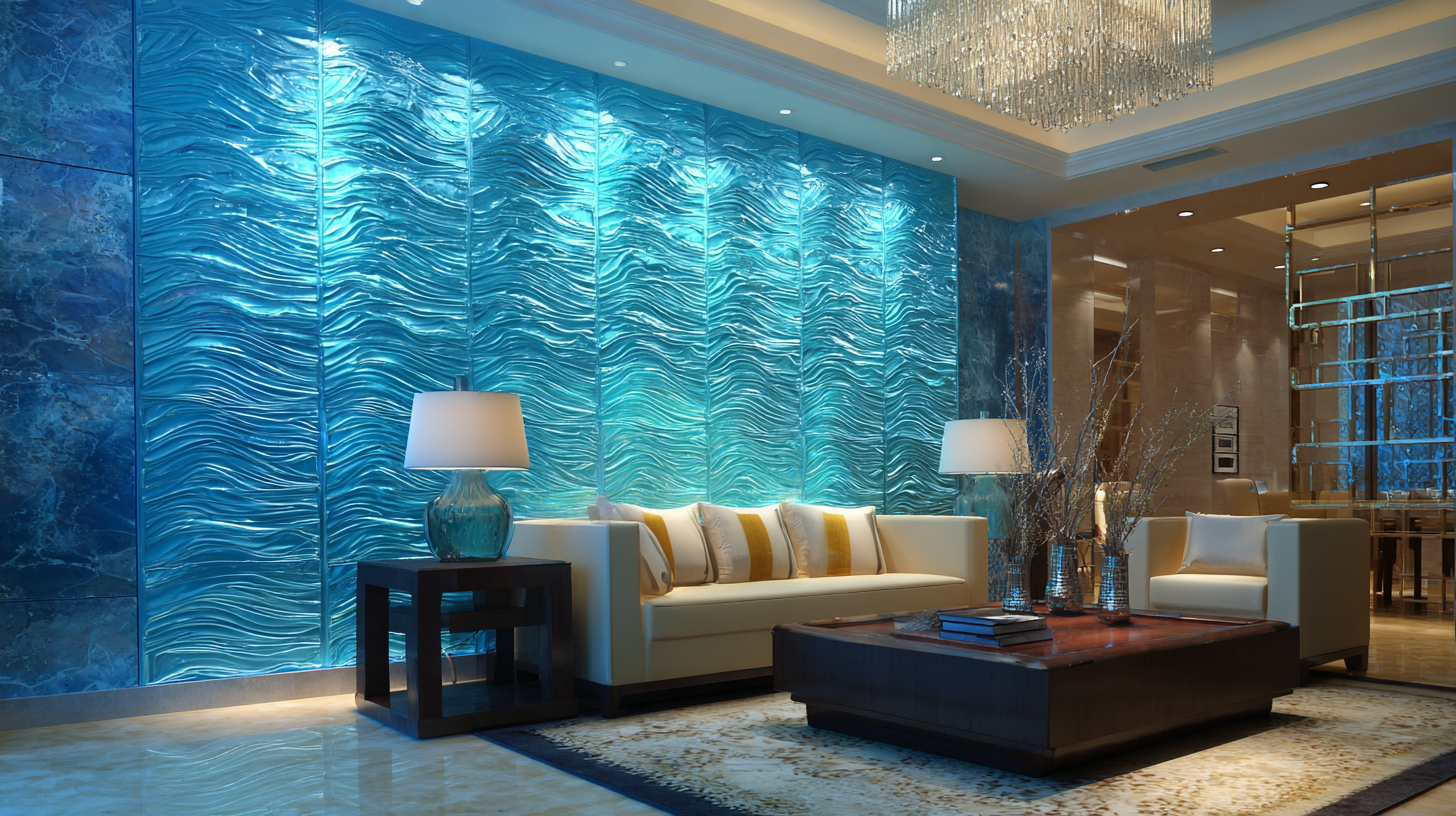
When selecting plastic bathroom wall panels, the balance between cost and longevity is paramount. Various options on the market showcase a wide range of prices, but this does not always correlate with durability. For example, thinner panels may be less expensive upfront, but they often require replacement sooner due to wear and moisture damage. In contrast, higher-quality panels made from thicker materials or those with reinforced designs, while pricier initially, can withstand the humid bathroom environment for many years, ultimately proving to be more cost-effective in the long run.
Moreover, aesthetics play a crucial role in enhancing the overall look of the bathroom, and this varies with different plastic panel options. Some cheaper panels might offer limited design choices, while premium products provide a variety of colors, textures, and patterns that can elevate the space. Therefore, when comparing costs against longevity, it's essential to consider not just the initial investment but also the panel's ability to maintain its appearance and structural integrity over time. This ensures that the selected option will not only withstand moisture but also contribute positively to the bathroom's aesthetics.
When choosing plastic bathroom wall panels, proper installation is crucial to ensure both moisture resistance and aesthetic appeal. According to a report by the National Association of Home Builders (NAHB), improper installation can lead to significant moisture build-up, which may result in mold and mildew growth. To avoid these issues, ensure that panels are installed with a tight, seamless fit. Using waterproof adhesives and sealants is essential to eliminate any potential gaps that could allow moisture infiltration.
Additionally, the positioning and support of the panels are critical. It's recommended to install panels over a moisture-resistant substrate, as indicated by the Research Institute for Housing America. This approach not only bolsters the panels' performance but also enhances their visual impact. For optimal aesthetics, consider panel designs that mimic higher-end materials like tile or wood. When done correctly, a properly installed plastic wall panel can provide a durable, stylish solution that meets both moisture management and design requirements, making them an ideal choice for any bathroom setting.
